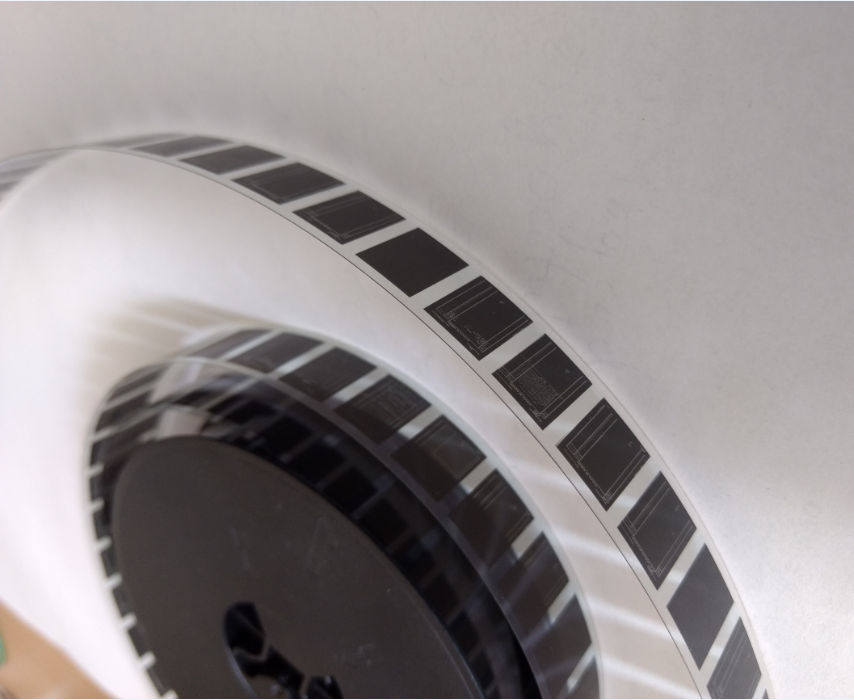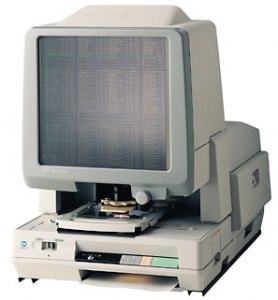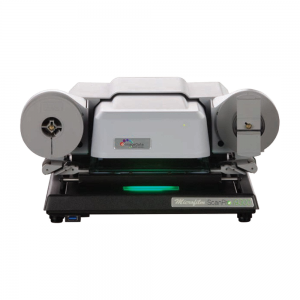We must confess that the first question we get from our partners is about the microfilming advantages and disadvantages. Just about any customer we have wants to know more about this.
What is there to know?
Well, just as with everything out there, we can find both positive or negative aspects of the microfilming process or microform in general. But the main idea is to let the benefits work in your favor and minimize any downside microfilm might have.
How can I focus on positives and minimize the other aspects?
Well, this article is just about that. We will show you how to take advantage of what is good about microfilm. We will focus on just about all the processes and how to navigate them and get all the advantages out of them.
At the same time, we will let you know what are the risks of using microfilm and how you can minimize them in the short or in the long run.
The 4 main processes where you will face the microfilming advantages and disadvantages
When you consider microfilming advantages and disadvantages you have to resort to processes. So we will try to show the positives and the negatives at every level of the microfilm process. From the microfilm writing process to the reading, the scanning and also the storage of microfilm.
Point 1: Advantages of microfilming and the disadvantages of this process
When considering the advantages of microfilming, the most important aspect is related to film writing. When writing film, one of the major advantages of microfilming is that the systems tend to be reliable. Reliability comes from the many years of technology refinement over the years. Writing, processing and chemical mixture tend to be pretty straightforward. When considering disadvantages, working with chemicals is not what everyone prefers. Machines still are pretty mechanical; therefore you require a good hand when working them. The processing phase of microfilming still requires constant measuring and keeping temperatures in place. Then you have different types of film, 16mm or 35mm and different lengths, 30.5m, 66m or even 300m film. When you process a 300m film you have to consider a few things. For example, you have to monitor chemicals constantly.
Point 2: Microfilming advantages and disadvantages when reading film
Viewing of microfilms is done with specialized machines and equipment. A viewer is a roll carrier mechanism combined with a mirror and lightning. The carrier mechanism can be automatic or manual. When put on the light, the film is projected on to the attached screen. Some viewers project directly on walls or panels. They don’t require a screen. The major advantage is that with rudimentary means you will be able to properly read microfilm. Furthermore, an automated film carrier lets you move through the film quickly. Rudimentary as it is, you still need to have the machine, so stealing information on the film can be difficult. And this leads us on to the first major disadvantage. Accessing microfilm can be difficult and time-consuming. You will manually have to copy information from film and write it down on paper. Sometimes you will struggle to rotate images or reverse polarity.
Point 3: Microfilming advantages and disadvantages when scanning film
We will start with what we left in the previous paragraph. Rotating images and polarity reversal is done automatically with scanners. A scanner outputs a digital image. After that, you can rotate the image in the proprietary software or in generic software. File formats are irrelevant. Through the proprietary software, you will be able to output most formats. If not, you can use again generic software and post-process images. This is highly beneficial when doing OCR and need high accuracy. In addition to that, the OCR can be copy/paste to text files. While this is probably the best way to convert films, it does require sensible handling. Scanning can prove difficult when you have various images on one roll. It will need on the fly settings. Contrast and brightness are just the starts then exposure and thresholds.
Point 4: Microfilming advantages and disadvantages in the storage of microfilm
In the end, you have storage of microfilm. While microfilm does not require special handling, there are some brief recommendations. You will need to maintain 20-24 degrees Celsius in the archive room. Humidity should be around 50-60 percent. You face these conditions in most offices, so not difficult to manage. You can store 2500 images on a film. That is huge space saving. Of course, there are always some downsides. For ease of storage, we do recommend special drawers. The downside is the price. It can cost a bit more than your regular drawer. But these are usually made to standards. A lot of them are fireproof for at least an hour. This will give you a chance to recover most of your information. In the end the best bit of news. Our microfilm is LE500 rated. Therefore it has an expected life of 500 years.
Should I start a microfilming project considering all these microfilming advantages and disadvantages?
We always recommend analyzing very well before you start any project. Microfilming is no different than other activities. Should the disadvantages discourage you? Or should you be very optimistic and focus on positives only? As with everything you should be balanced. We showed you these characteristics just so you understand the road ahead. With all the disadvantages people still microfilm. It is leveraging the advantages and reducing the effect of the disadvantages. As always, we encourage you to talk with providers of such services. They will help you with advice and also action plans. Use the experience they have to gain perspective on the subject.
Conclusions about microfilming advantages and disadvantages
- Microfilm is great for storing a lot of documents in a small space.
- LE500 rated film will also give huge life expectancy.
- Microformats are difficult to forge or copy. Therefore information theft is very low with microfilm media.
- While this seems old-fashioned, the technology has been refined a lot.
- A lot of experienced providers will give you competitive pricing.
- Paper to microfilm or digital to microfilm is more or less the same process.
- While on the one side forging is difficult, access is also difficult.
- The industry is aging in human resources. A lot of companies are closing doors because owners are heading into retirement.
- But there are specialists left out there. They will provide further information on microfilming advantages and disadvantages.
If you want more information on our services for microfilming or microfilm scanning please click links.
Check this article for more on Kodak and the history of photography.








